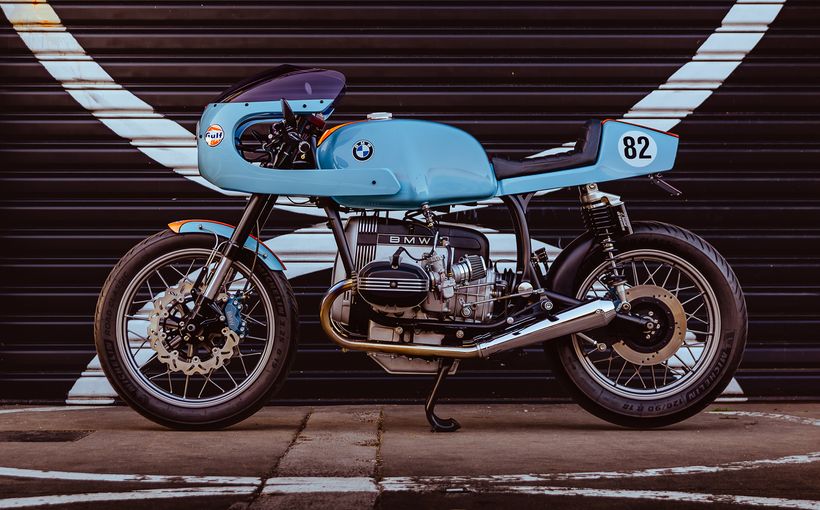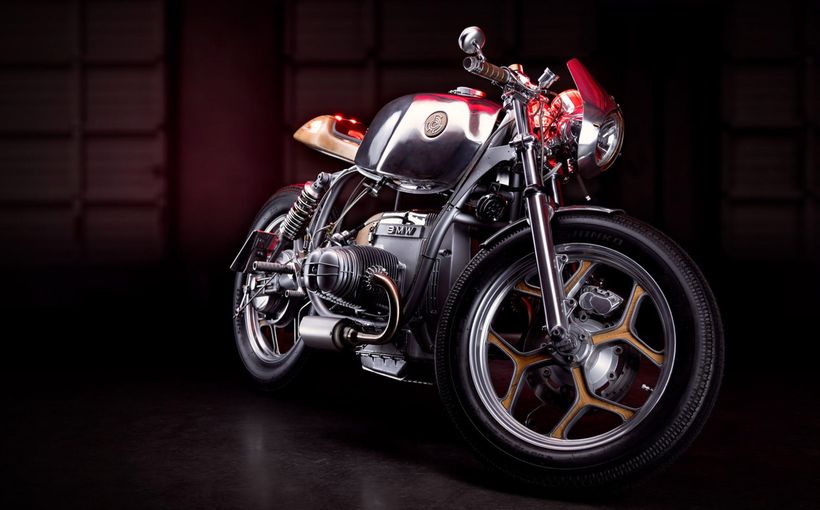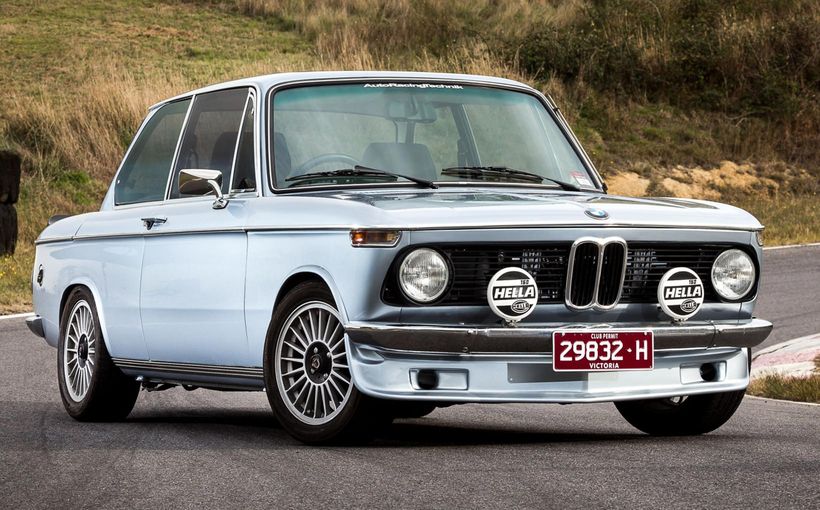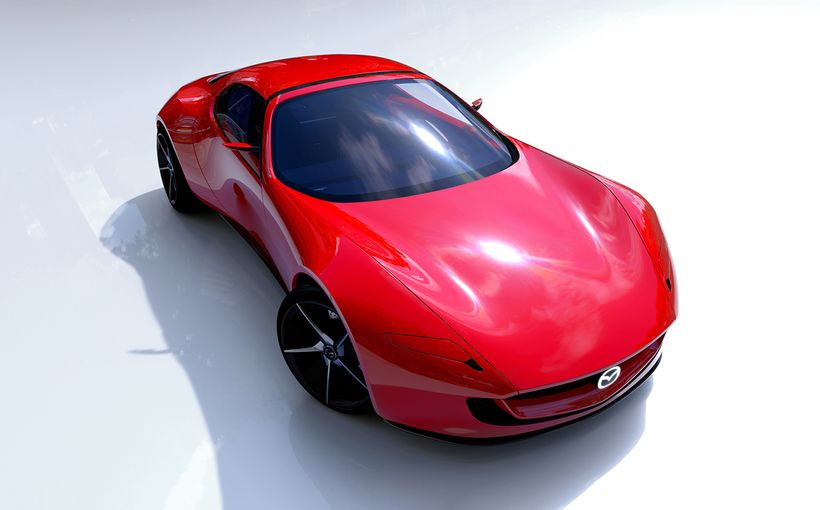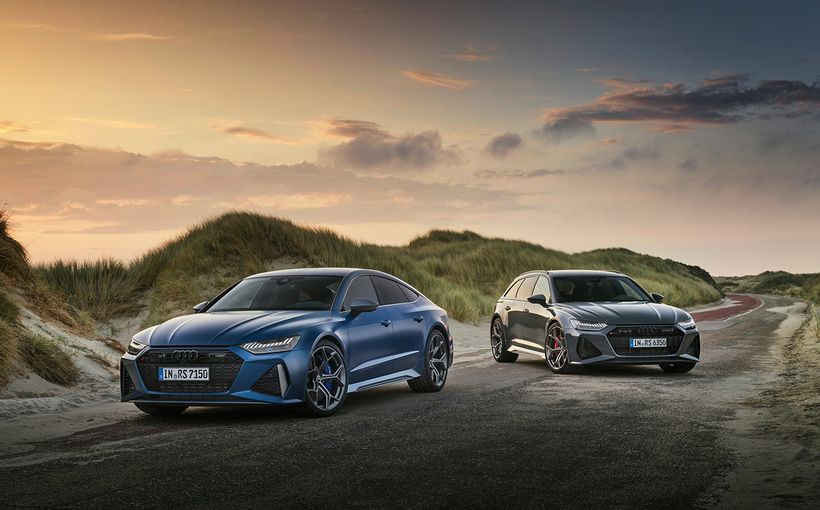BMW has always positioned itself as the premium brand for driving purists, after all its own tagline is Sheer Driving Pleasure.
To separate itself from its Mercedes-Benz and Audi competitors, the Bavarian brand has always stayed true to a single philosophy of maximising driver engagement and enjoyment – specifically that rear-wheel drive (RWD) is the best-wheel drive.
While the front-wheel-drive (FWD) layout has crept its way into BMWs in the form of the controversial 2 Series Active Tourer and latest X1, its high-performing M cars have always stayed true to that rear-drive mantra – until now.

Ditching the RWD set-up of the previous five generations, the all-new M5 breaks new ground and is the first BMW M car to be underpinned by an all-wheel-drive (AWD) system.
“Sacrilege,” your thinking, “surely it can’t be, why would BMW risk numbing its trademark dynamic characteristics with a heavy all-wheel drivetrain?”
Well the answer is simple, performance. The new-generation M5 develops 441kW of power from 5600-6700rpm and a gargantuan 750Nm of torque at 1800-5600rpm thanks to its brutal 4.4-litre twin-turbocharged petrol V8 engine.

BMW says that much power and torque fed exclusively to the rear axle would be useless, you’d get nothing but the age-old – albeit crowd-pleasing – recipe for turning rubber into smoke.
Thanks to the rear-biased xDrive AWD technology and an eight-speed ZF torque converter automatic transmission, the high-performing sedan will shoot from zero to 100km/h in a supercar-scaring 3.4 seconds – making it the fastest production BMW yet and enough to destroy an Audi R8 V10, Mercedes-AMG GT R or Porsche 911 GT3 at a traffic light sprint.
And the M5 will even do it while seating five adults in comfort and opulence!

200km/h from a standstill comes after just 11.1s before topping out at an electronically limited 250km/h, or 305km/h with the option for the M Driver’s Package ticked.
For those worried about the extra weight added in driving the front axle as well as the rear, the new M5 tips the scales at 1930kg, which is actually 15kg lighter than the previous-generation large M car.
A carbon-fibre reinforced plastic roof and lightweight exhaust system contribute to the weight savings, while the new 5 Series platform also helps shed the kilos.

Although exact Aussie pricing is yet to be confirmed, the new M5 will land in local showrooms in March or April next year to take on its arch-rival, the Mercedes-AMG E63 S.
With a 450kW/850Nm 4.0-litre bi-turbo V8 under the bonnet, the monster Merc may have the Bimmer beaten on paper, but the lighter M5 actually matches the E63’s 3.4s 0-100km/h time.
If the M5’s competition – and previous models – are anything to go by though, expect to see a showroom sticker price of around $240,000 before on-roads, so you better start saving those pennies.

The new M5 replaces the fifth-generation F10-series super sedan, which was launched in 2011, and made use of a the same 4.4-litre twin-turbo V8 – albeit only producing 412kW/680Nm.
Often criticised for being too heavy and piping engine noise through the sound system, the F10 M5 also suffered from a vague steering feel that kept it from joining the ranks of beloved M cars throughout history.
Prior to the F10, the E60 M5 – powered by a 373kW/520Nm odd-firing 5.0-litre V10 – was in service for five years between 2005 and 2010 and even saw a blistering Touring version released in 2007.

With its engine and six-speed manual/seven-speed semi-automatic transmission built from the ground-up, the fourth-generation M5 could accelerate from 0-100km/h in 4.2s and was notorious for its sonorous exhaust sound.
BMW’s third-gen M5, the E39, made use of a 294kW 4.9-litre V8 which sent power through a six-speed manual gearbox and was on sale from 1998 to 2003 with just over 20,000 examples produced over its life.
The second-generation M5, designated E34, was available in both sedan and wagon body styles, powered initially by a 232kW/360Nm 3.5-litre in-line six before switching to a bigger bore 250kW 3.8-litre unit.

However, it was the iconic E28 M5 of 1985 that kicked off the entire super-sedan line-up thanks to its 3.5-litre in-line six-cylinder engine which developed 210kW of power to make it the fastest production sedan in the world at the time.
While the all-new M5 cannot lay claim to the same title, it certainly comes close, and if BMW can deliver on its mantra of Sheer Driving Pleasure, it will certainly be a much better steer than its competitors.
Protect your BMW. Call Shannons Insurance on 13 46 46 to get a quote today




